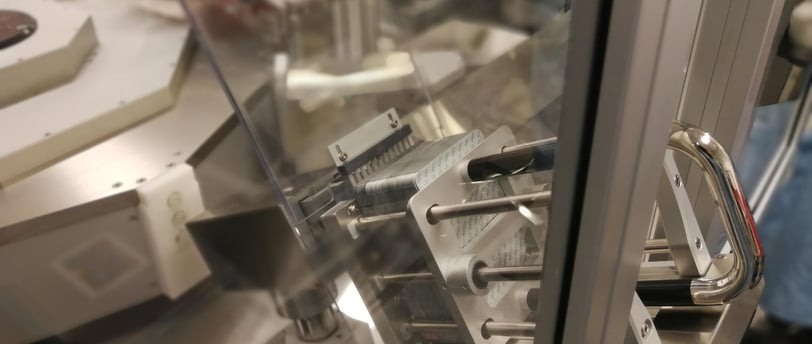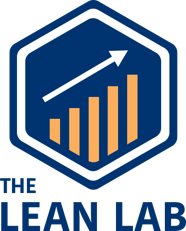Optimizing automatic process output with Problem Solving and Standard Work
A medical device manufacturer experienced sales growing 20-30% annually which put high pressure for enhancing the automatic packing step assembly line's output to meet demand and avoid costs from additional shifts. The Kaizen event aimed to improve the packing line's output from current 280 units/hour to 320 units/h. The event focused on identifying and addressing bottlenecks, improving inspection criteria, and implementing standard work practices to stabilize and increase output. Concrete results included increasing the average output to 315 units per hour and improving the number of shifts reaching the output target from 7 to 13 (out of total 19 shifts) - with total annual profit impact >10 MUSD as the total factory output was elevated.
2/14/20251 min read


Situation
A medical device manufacturer experienced annual sales growth of 20-30%, creating pressure to enhance the efficiency of the automatic packing assembly line to meet demand and avoid costs from additional shifts. This packing step was the bottleneck for the entire production value stream. The Kaizen event aimed to improve the packing line's output from 280 units/hour to 320 units/hour, thereby increasing the total capacity of the factory.
Approach
The Kaizen event utilized both Problem Solving and Standard Work methodologies. Given the broad topic with many contributing factors to productivity, three subteams were formed to achieve concrete improvements efficiently. The cross-functional team consisted of 16 members, including visitors from other company sites for broader expertise. The teams focused on:
Identifying and addressing bottlenecks to increase output.
Improving inspection criteria and processes to increase yield.
Implementing standard work practices to stabilize the process.
Pre-Kaizen Activities:
Conduct test runs and videotape routine work.
Evaluate visual inspection results and camera inspection criteria.
Identify and gather real data on machine bottlenecks and error situations.
Daily Plan:
Monday: Introduction, current state mapping, and Gemba observations.
Tuesday: Waste identification, future state ideation, and mapping.
Wednesday: Future state visualization, countermeasures identification and testing.
Thursday: Finalize future state, implement changes, and create action plans.
Friday: Prepare and present the report out (morning only).
Results
Improvements Achieved:
Increased average output to 315 units per hour (13% improvement).
Improved the number of shifts per week reaching the output target from 7 to 13 (out of 19 shifts).
Identified and implemented changes to camera inspection criteria and machine bottlenecks.
Updated the Daily Management visual board for real-time output tracking.
Received positive feedback from operators on the improvements.
Over 10,000,000 USD annual profit impact as total output of the factory was elevated.
This example demonstrates the power of lean methods by significantly improving total value stream performance (not just single process step), reducing costs, fostering collaboration, and ensuring sustainable improvements, showcasing lean methods' impact on operational excellence and long-term success.
The Lean Lab - Lean Solutions, Tested and Proven
Real Lean, Real Results, Real Fast


© 2024. All rights reserved.
Ajman Free Zone, C1 building, B.C. 1300898
